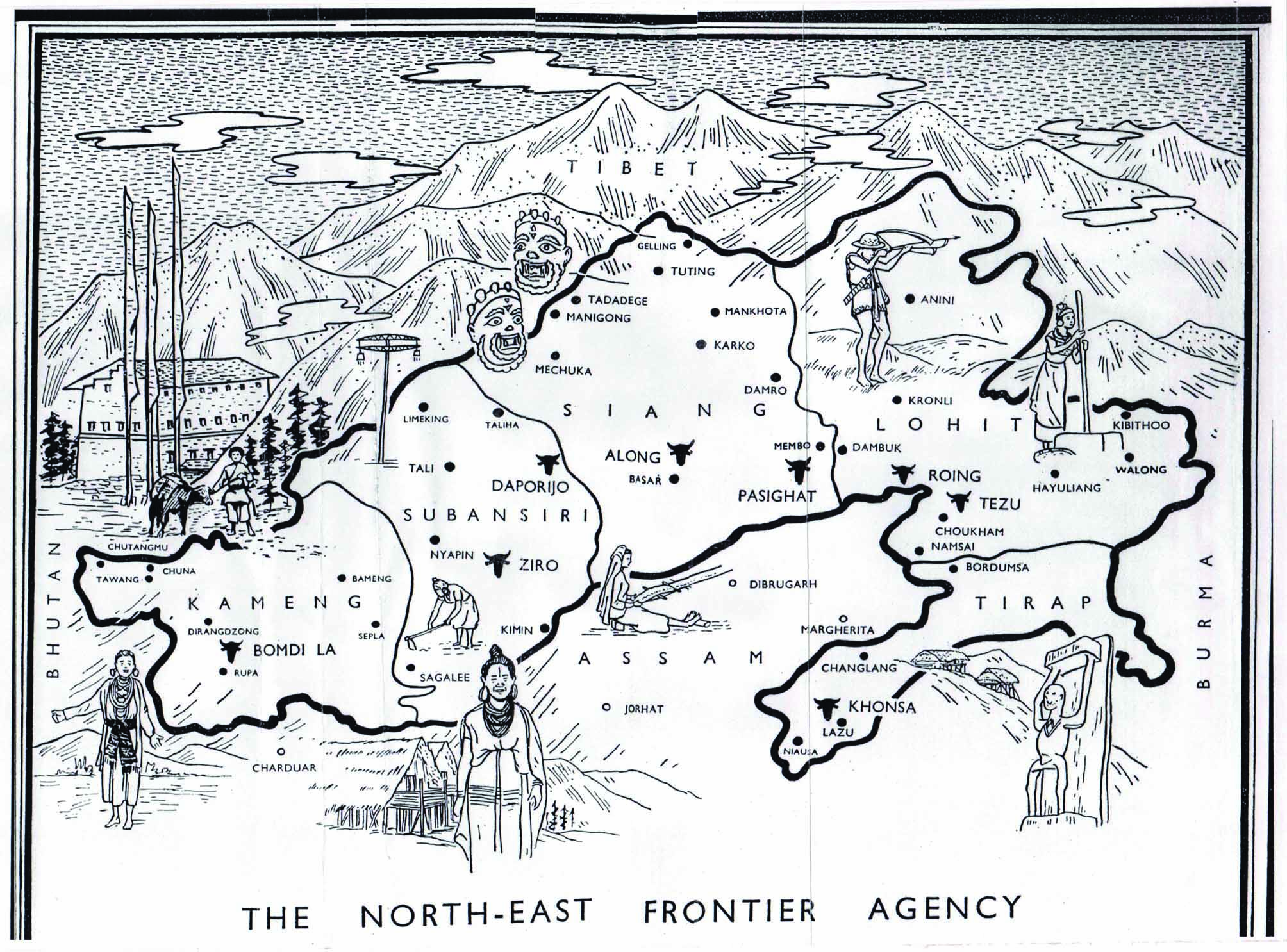Bridging the gulf
In the second part of the extract from his Civil Services Day address, Sanjeev Chopra highlights that British India’s frontier regulations in Arunachal Pradesh were defined by Verrier Elwin policy which led to isolation of the region — leaving a mammoth task for the post-independence civil servants to mainstream the region

It is often said, and widely admitted, that ‘hindsight is the best insight’, but we must engage in it, for it holds important pointers to how, where and why we are positioned today. Let me, therefore, reflect on how the Verrier Elwin policy — well-intentioned as it may have been — has affected the transformation of society and state in Arunachal which, till a few decades ago, was not only known as NEFA, but also administered differently from the rest of the country. This, to my mind, was a very retrogressive step, and their retrogression was supplemented by the fact that Sikkim and NEFA were, for some inexplicable reason, placed under the MEA rather than the MHA. In fact, it was Daying Ering who suggested that the administration of NEFA be brought under the MHA, and that the MoD should also be actively engaged in understanding the strategic significance of the region.
The frontier regulations
The colonial state was not only creating demarcations on a natural landscape but, more importantly, was also engaged in the ‘othering’ of those living in these parts. The enforced isolation, brought about because of the Bengal EFR, and later the Assam regulations, prevented the people from this region from actively engaging with the national movement, which encompassed all classes, communities, ethnicities and linguistic groups in the struggle for freedom against the British. So much so, we now have it on record that the colonial state also made an effort, towards the last days of their rule, to suggest that some of these areas, especially those which had an overwhelming majority of Nagas, to become Crown colonies. Earlier, they ensured that no Indian civil servant was posted to these areas, although as many of you would know, by the mid-twenties, the Indian component in the ICS was more than half, especially after the examination to the ICS was also held simultaneously at Allahabad.
The state and society
By the state, the expression would include both the central and state governments, and by society, I refer to all other institutions, including the Panchayat institutions, for at this level, the formal and informal merge into each other, and a clear-cut distinction between the two cannot be drawn. However, having said this, the Panchayats also perform some basic state functions like the registration of births and deaths, and also provide the basic documentation with regard to citizenship. Of course, in certain contexts — as for example the defence of the realm, and functions relating to monetary and fiscal policy, as well as relations with foreign powers — the distinction between the state and society is absolute, but in many other cases, the intermediation is not only possible, but also desirable, nay impossible, to be placed in watertight compartments. For societies which are making the transition from basic agriculture and the peasant mode to production to industrial and post-industrial world, the change has been telescopic. Thus, while port cities and their hinterlands took a hundred years to adjust to the change, the society in Arunachal has had just a few decades to mark this transition – and such quick transitions do lead to externalities.
And this would be true, not just for Arunachal, but for all the primary constituent units across the country – perhaps even the world.
The alphabets and grammar of governance
Continuity and change: from Christopher Columbus to SDGs
It is also important to understand that irrespective of the form of government — monarchy, colonial empire, communist regimes, military dictatorships or democracies under the presidential or parliamentary format — taxes have to be collected, resources have to be raised, disputes have to be settled and borders have to be guarded. The bureaucracy is the continuous element. It could also be described as the ‘alphabet and grammar’ of governance. The same alphabets are used to construct words of the language of peace and development, as well as the rhetoric of hate and disaster. It is the basic building block – what you do with it is your choice.
Objectives will and must change over time – the logic of an extractive state – as in the case of the British Empire, has given way to a welfare state in which the Right to Work, Right to Food and the Right to Education are the defining elements and provide the rationale for governance.
Cvil services as the creative minority
Civil services, by their nature, are part of the elite, but being a part of the elite also brings its own sense and degree of responsibility. The famous historian Arnold Toynbee in his magisterial work ‘A Study of History’ talks about the role of the ‘creative minority’ in a society as an active agency of change. He postulates that it is the responsibility of this select group of intellectually and socially endowed individuals to lead the dominant majority in accepting changes that are not yet part of the popular discourse. This is the role that civil services can and must perform, because compared with other stakeholders in the ecosystem of governance, they are better endowed – in terms of their knowledge of their access to technology, international best practices, sources of funds and ability to network. As mentioned earlier, this becomes even more relevant in the case of communities which are making the transition from complete dependence on land and agriculture to the larger gamut of an economy where the role and share of agriculture begins to decline.
The writer superannuated as the Director of the LBSNAA after 36 years in the IAS, and is currently a historian and policy analyst.



